The Best Authentic Souvenirs from German Christmas Markets
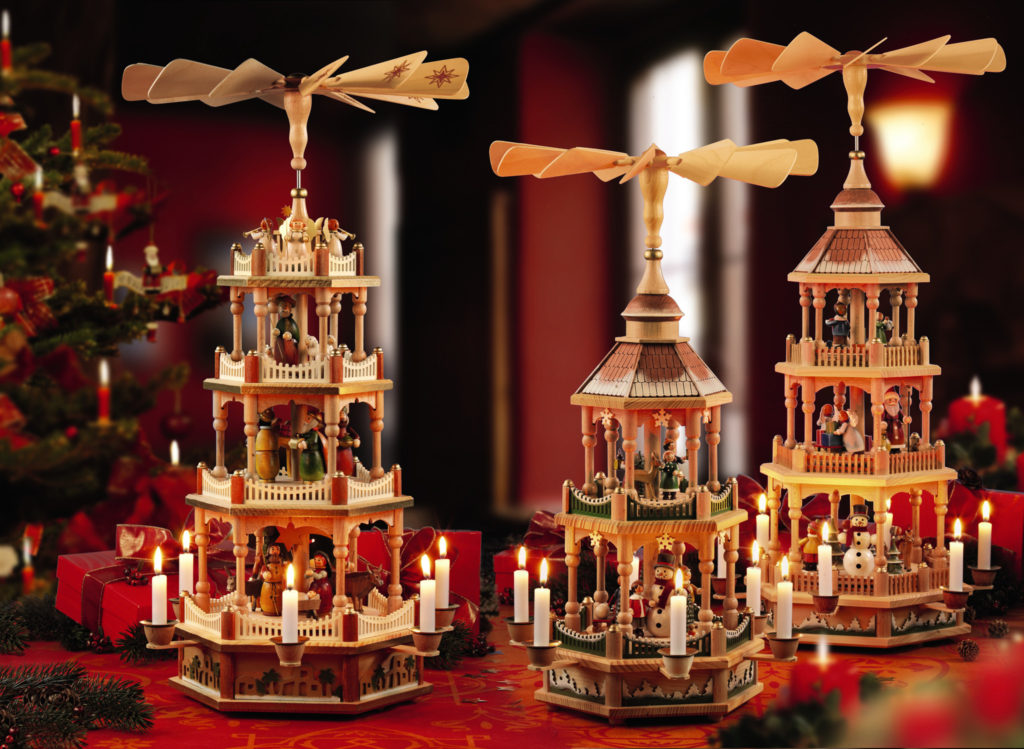
Planning to visit the colorful Christmas Markets of Central Europe this winter? Tasteful Croatian Journeys has got your guide to festive yuletide shopping. Luxury Travel Designer, Tia Lovisa Moreira, shares her curated list of the best traditional souvenirs from Germany – guaranteed to make a truly unique, inspired gift.
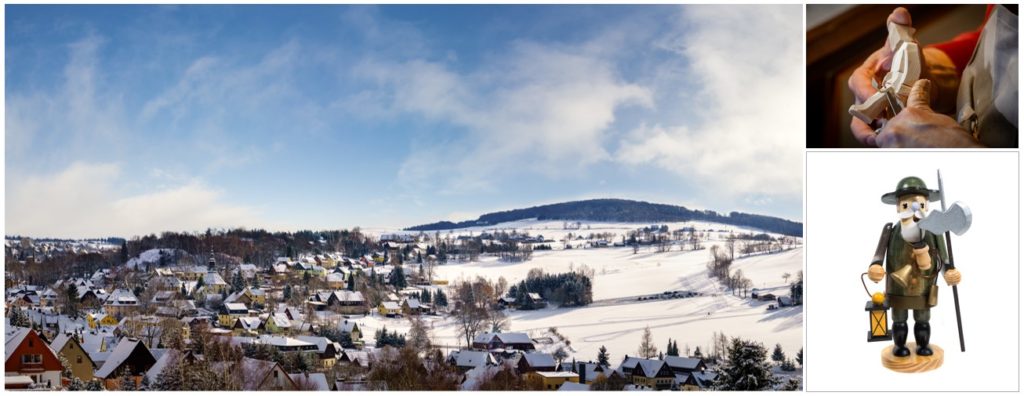
If you are searching for an old-fashioned Christmas – one of fairy lights and gingerbread and festively trimmed trees – look no farther than Germany. The country from which many of the world’s contemporary Christmas traditions originate is brimming with yuletide cheer come Advent. Here, centuries-old Christmas traditions are still very much alive today and even the handicrafts found in the country’s Christmas Markets honor its long and rich history, many of them originating in the Erzgebirge region.
A low, densely forested mountain range in Saxony, eastern Germany, the Erzgebirge region is the birthplace of many hand-carved wooden treasures. Known in English as the “Ore Mountains,” the area earned its name from iron, tin and silver ore that was once mined here. Largely uninhabited until the late middle ages, it was the discovery of these metals that attracted settlement here despite the harsh winter climate. From 1460 to 1560 the region was the most important source of silver ore in Europe, a designation which recently earned it a place on the UNESCO World Heritage list.
However, as the mining industry slowly declined, miners were forced to find other ways to support themselves and their families. Many turned to hobbies such as woodcarving and began creating wooden collectibles and other items to sell at local fairs and markets, many with mining motifs. This was a cottage industry in which the entire family was involved. Each family had a particular specialty – one making nutcrackers, another pyramids that spin in the heat of candles – all hand-painted and full of charm. By the late 1800’s, the Erzgebirge region of Germany was the largest Christmas item and toy supplier in the world.
Today, hand-carved wooden Christmas items and toys are still produced in the Erzgebirge region using the same time-honored methods as generations before, making the area and its products famous among collectors around the world.
For a truly authentic gift, these are the items to seek out…
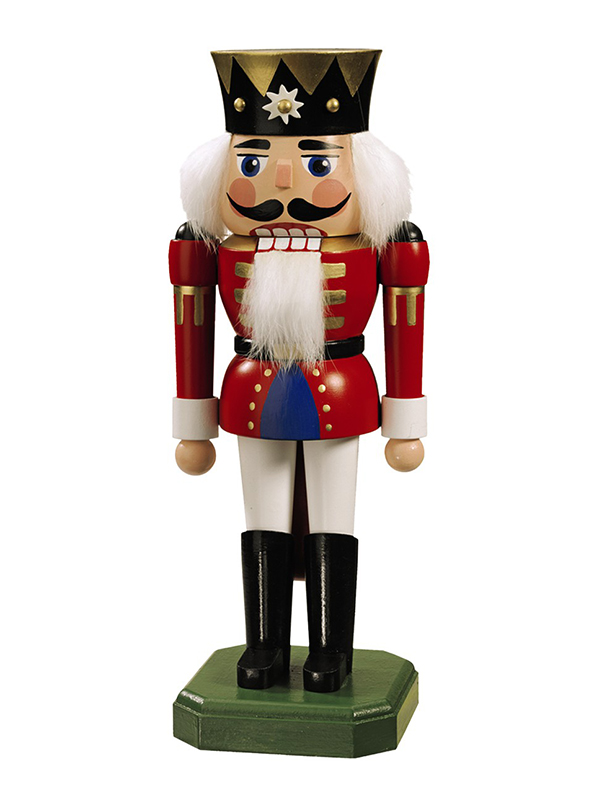
Nussknacker | Nutcrackers
Perhaps the most well-known of traditional Erzgebirge items, the nutcracker as we know it today – a brightly painted figure resembling a toy soldier – was invented by Wilhelm Friedrich Füchtner some time around 1865. It is believed that he was inspired by the Heinrich Hoffmann story, “King Nutcracker and Poor Reinhold.” A form of satire, nutcrackers generally depict authority figures such as soldiers or kings. The nut which they crack is meant to represent the common people. The first nutcracker was made on a lathe from spruce wood, its eyes, moustache, and feet molded from bread dough; the beard and hair made of rabbit fur. Today, the Füchtner Family is still producing nutcrackers in their workshop in Seiffen. Another producer making unique, high quality Erzgebirge nutcrackers is Christian Ulbricht.
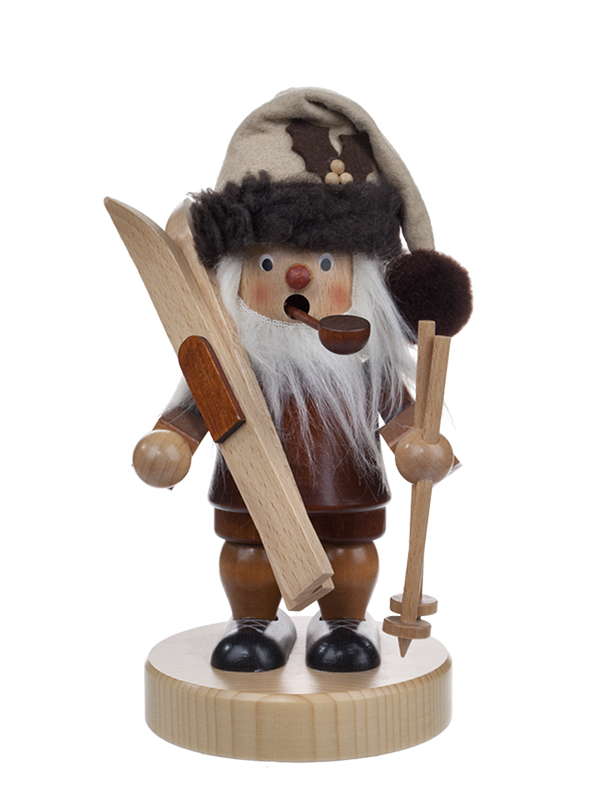
Räuchermänner | Smoking Men
These charming wooden incense burners, commonly referred to as, “Smokers,” are carved in the shape of little men holding a tobacco pipe who puff smoke through their mouths. Unlike nutcrackers, who often depict authoritarian figures, smoking men traditionally resemble common folk such as miners, farmers, or tradespeople. Smoking men are made of two separate pieces which are placed on top of each other. The head and torso of the figures are turned on a lathe and the stomach hollowed out after. Inside, a räucherkerzchen (a small cone of incense) is burned, its smoke funneled through a channel which leads from the figure’s stomach to its mouth, giving the appearance that the man is smoking his pipe. The creation of smoking men is credited to Ferdinand Frohs and his nephew Gotthelf Friedrich Haustein. Today, a number of manufacturers produce them, including the Füchtner Family and Müller Family.
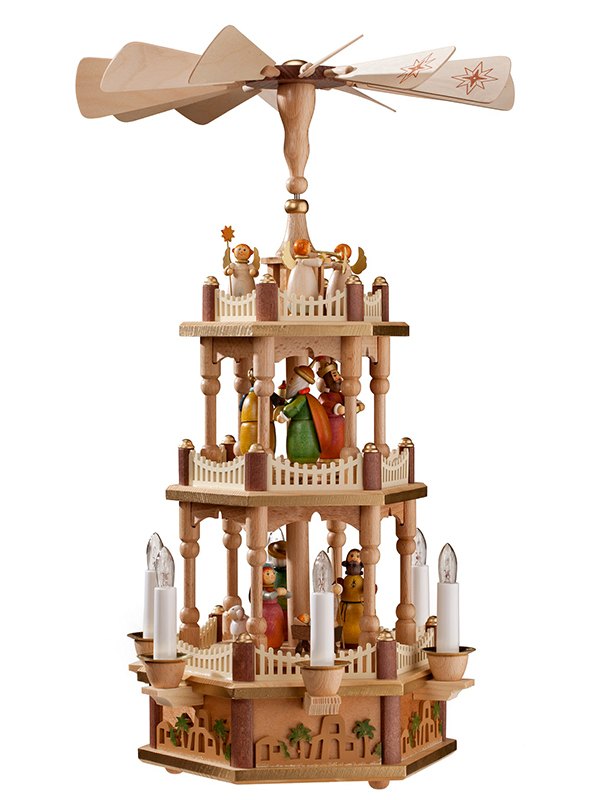
Weihnachtspyramiden | Christmas Pyramids
Beautifully ornate, Christmas pyramids, are delicate, tiered wooden carousels adorned with candles, which, when lit, generate hot air that turns a propeller at the top. The outer frame of the pyramid is typically decorated with nativity scenes or regional motifs. Until the turn of the 20th century, Christmas pyramids were only produced as individual pieces and passed down within families. However, as their popularity grew, so did commercial production, with the Holzwarenfabrik Carl Ludwig Flemming factory in Globenstein being the first to mass produce in 1902. Today, Christmas pyramids are available from many manufacturers in a wide range of sizes. One of the most significant producers is Richard Glässer.
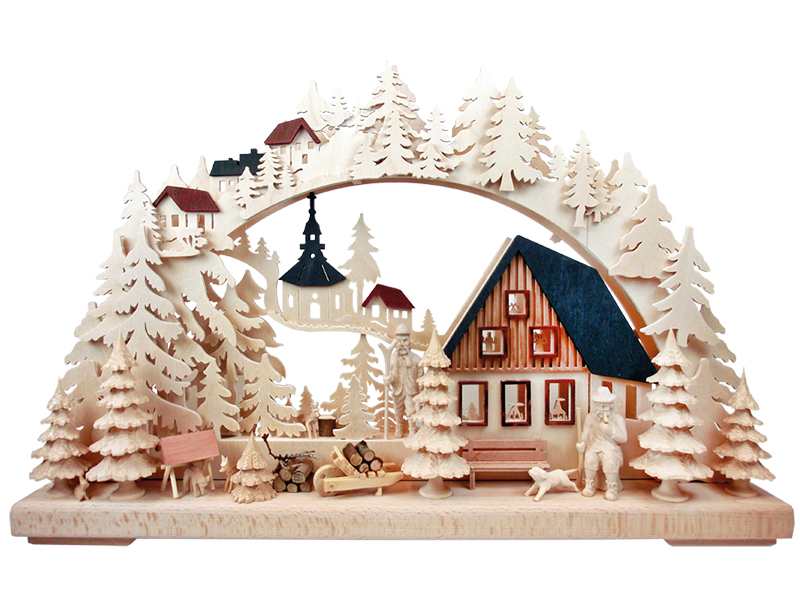
Schwibbögen | Candle Arches
Perhaps the most symbolic of all Erzgebirge holiday decorations is the candle arch, whose history is closely tied to the region’s mining tradition. On Christmas Eve, the miners of Erzgebirge traditionally gathered and held a silent prayer around the mine lit by the flame of their pit lamps. After their final shift, they would hang their pit lamps outside the mine’s entrance. The hanging lamps formed a bright arch above the half-circle opening of the tunnel’s mouth. This arch is mimicked in the lighted arch of the Schwibbogen, which is an homage to the miners’ constant desire for light. The first Schwibbogen is likely to have been forged from metal by the mine’s blacksmith, Johann Teller, sometime around 1726 in Johanngeorgenstadt. Today, they are also manufactured from wood and produced by numerous Erzgebirge workshops. Among the producers are the Müller Family and RATAGS Holzdesign.
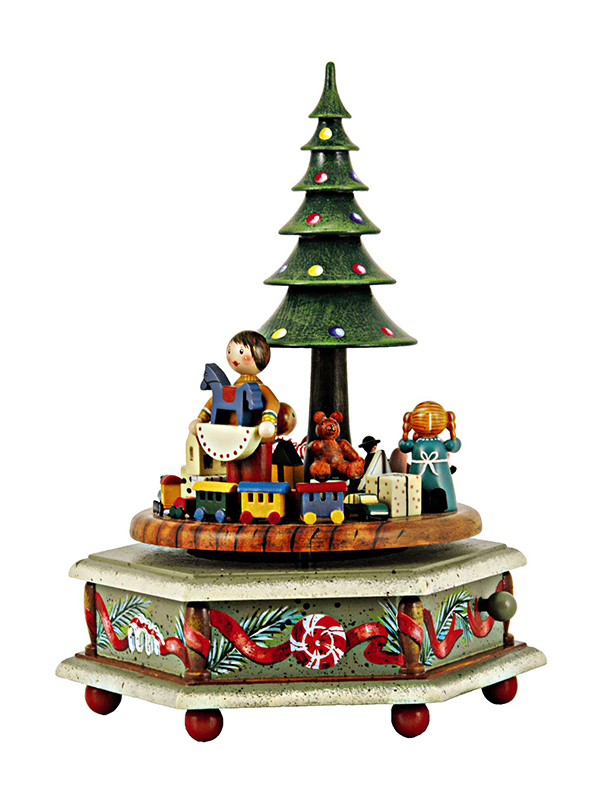
Spieldosen | Music Boxes
Erzgebirge music boxes have been a popular gift item for over a century, inspired by the musical pocket watch invented by Swiss clockmaker, Antoine Favre-Salomon, in 1796. Carved by hand, the first music boxes were beautiful but limited in their ability to produce a range of tones. Today, more advanced mechanical elements inside allow them to play clearly audible melodies. Erzgebirge music boxes are particularly well made, crafted by hand and normally depicting scenes of Christmas carolers, angels, or the birth of Christ. Well known producers of Erzgebirge music boxes include Wendt & Kühn and Kunstgewerbe-Werkstätten Olbernhau (KWO).
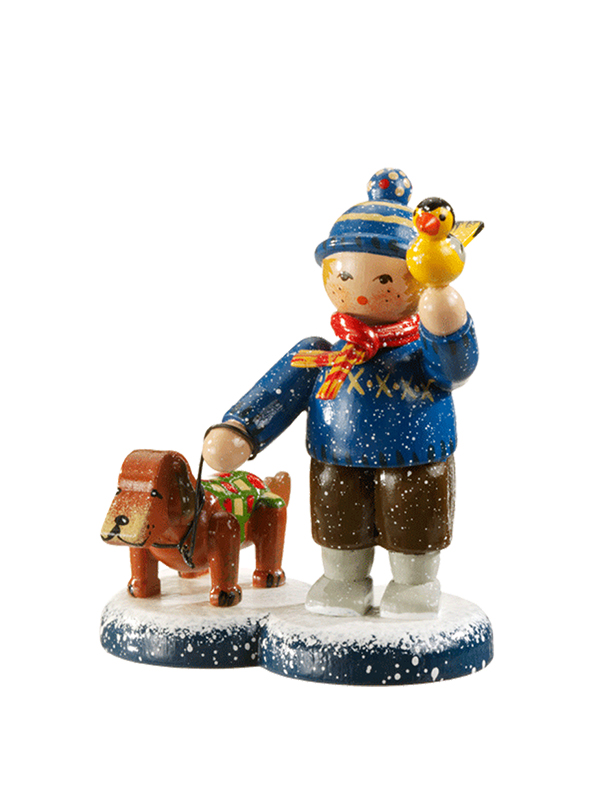
Holz-Figuren | Wooden Figurines
A variety of handmade wooden figurines are produced in Erzgebirge, both as toys and for decorative purposes. Nearly every workshop produces their own unique style. Among the most well-known are Richard Glässer’s exquisite nativity scenes, KWO’s exclusive Mozart Orchestra and the rosy cheeked angels of Wendt & Kühn, who are easily recognized by their signature green wings with white polka dots. Reifentiere (ring-turned toys), which were invented in Seiffen around 1800, are a particularly special type of wooden figurine. Named for their production method, the figures are formed from a wooden ring, shaped on a lathe so that the grooves create the silhouette of an animal. The ring is then sliced crossways creating a crude outline of the animal which is later refined and painted. The website of manufacturer Werner Reifentiere contains wonderful videos demonstrating the process.
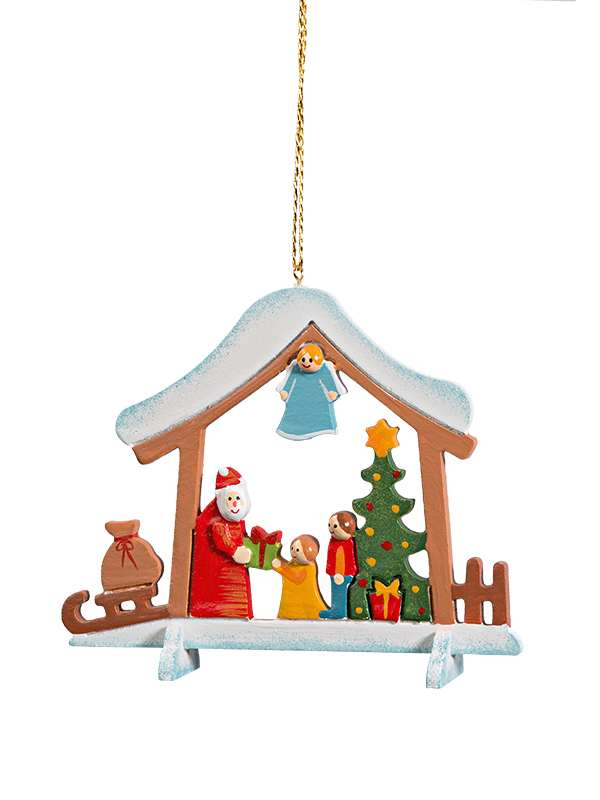
Baumschmuck aus Holz | Wooden Tree Ornaments
The tradition of decorating Christmas trees originated in Germany, where evergreens were first brought inside in the early 1600s and adorned with fruits, nuts, gingerbread, candles, and paper flowers to symbolize the promise of spring to come. Christmas tree decorations gradually became more varied as a result of the tradition becoming more widespread, growing to include ornaments made of cotton wool, pewter, and glass. The workshops of the Erzgebirge region produce wonderful, whimsical wooden ornaments portraying a variety of scenes. Christian Ulbricht offers a wonderful selection to choose from, while the brightly colored decorations by Graupner are especially playful.
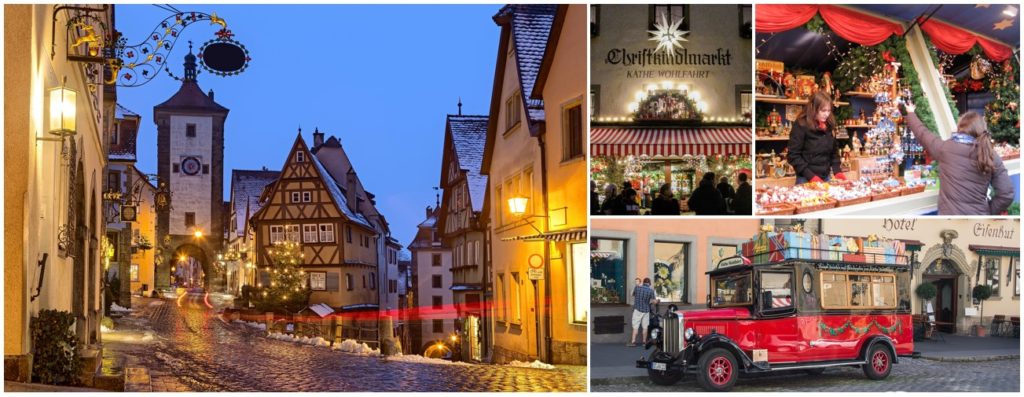
Where to Shop
The handcrafted wooden Christmas ornaments and toys outlined above are produced throughout the Erzgebirge region with many of the workshops having boutiques or showrooms in the town of Seiffen, roughly 50 miles from Dresden. These wooden crafts can also be found at Christmas Markets across Germany and Austria, as well as in many specialty stores.
For the largest selection of Christmas décor, including the specific items pictured above, visit Käthe Wohlfahrt. This family run business has become a worldwide ambassador of German Christmas traditions. Their flagship store and Christmas Village are located in picturesque Rothenburg ob der Tauber, offering more than 30,000 decorations from Erzgebirge and beyond, including their signature line from the Käthe Wohlfahrt Rothenburg Christmas Workshop. In addition to the Christmas shops, Käthe Wohlfahrt’s Deutsches Weihnachtsmuseum (German Christmas Museum) features a permanent exhibition displaying Christmas ornaments and memorabilia from between 1870 and 1950 – a delightful stop for those looking to learn more about German Christmas traditions.
Rothenburg ob der Tauber can be easily visited on a day excursion from Munich.
Not traveling to Germany this year? Fear not. Käthe Wohlfahrt offers international shipping so that you can have a little piece of Christmas delivered directly to you.
Interested in exploring Europe’s fairy-tale Christmas Markets? Tasteful Croatian Journeys designs custom itineraries exploring some of Central Europe’s most beloved markets. Contact us for more information.